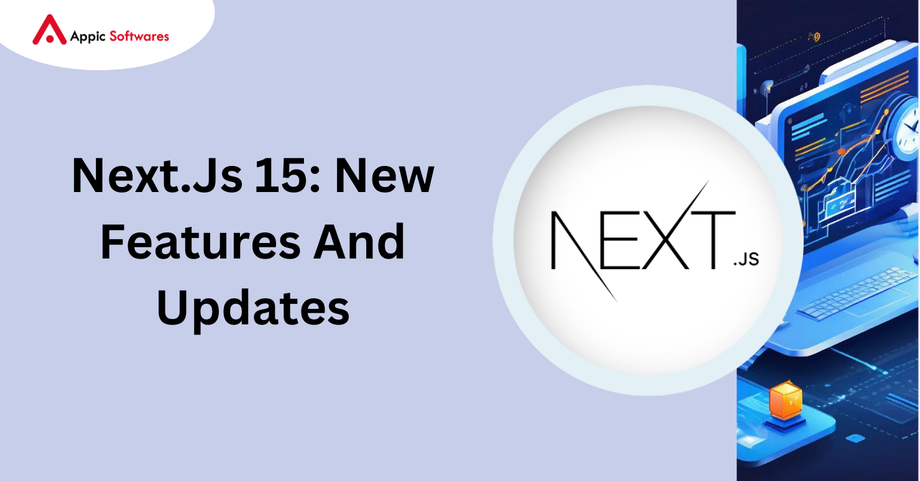Next.js has cemented its position as a leading framework for building high-performance and SEO-friendly React applications. With the recent release of Next.js 15, developers can expect a wave of exciting new features and improvements designed to streamline development workflows and enhance user experiences. This blog delves into the key highlights of Next.js 15, exploring its potential to revolutionize the way React applications are built.
React 19 and Beyond: Embracing the Latest Advancements
Next.js 15 seamlessly integrates with React 19, offering developers access to the latest React features like:
- Concurrent Features: Improved handling of asynchronous data fetching and rendering, leading to smoother user experiences.
- Automatic Batching: Streamlined rendering updates for a more performant user interface.
- Suspense Improvements: Enhanced control over loading states and error boundaries.
These advancements, coupled with Next.js's server-side rendering (SSR) capabilities, pave the way for the creation of highly responsive and dynamic React applications.
The Power of Choice: Granular Control over Caching
Next.js 15 introduces a significant shift in approach to caching. By default, fetch requests, GET route handlers, and client navigations are no longer cached automatically. This provides developers with greater control over caching behavior, allowing them to optimize for specific use cases.
- Fine-tuned Caching: Developers can explicitly define caching strategies using the
revalidateflag for individual API routes. This enables the selection of the most appropriate caching strategy (Static Site Generation (SSG), Server-Side Rendering (SSR), or Incremental Static Regeneration (ISR)) for each route or component, maximizing performance and content freshness.
Partial Pre-rendering: A Taste of the Future
Next.js 15 introduces a revolutionary new feature: Partial Pre-rendering. This experimental feature allows developers to selectively pre-render portions of a page on the server, while other parts are rendered on the client-side. This approach offers the benefits of both worlds:
- Improved Initial Load Times: Pre-rendered sections load instantly, enhancing the initial user experience.
- Dynamic Content: Client-side rendering ensures that interactive elements and dynamic data remain up-to-date.
Partial pre-rendering unlocks exciting possibilities for creating complex and data-driven applications with blazing-fast initial load times.
Turbo Pack: A Turbocharged Development Experience
Next.js 15 embraces Turbopack, a next-generation bundler, as the default development server. Turbopack boasts significant improvements over previous bundlers, including:
- Faster Development Builds: Experience lightning-fast development builds and hot module replacement, streamlining the development workflow.
- Improved Developer Experience: Focus on writing code rather than waiting for builds to complete, leading to a more productive development environment.
Bundled External Packages: Streamlining the Startup Process
Next.js 15 now bundles external packages by default in development mode. This can significantly improve application startup times, especially for projects with numerous dependencies. While this approach might introduce slightly larger bundle sizes, the benefits in terms of development speed often outweigh the drawbacks.
Next/after: Extending the Capabilities of Server-side Rendering
Next.js 15 introduces the next/after API, an experimental feature that allows developers to execute code after a response has finished streaming from the server. This opens up new possibilities for:
- Data Fetching on the Server: Fetch and process data on the server after the initial HTML has been sent, improving initial content paint (FCP).
- Dynamic Meta Tags: Generate meta tags based on server-side data, enhancing SEO efforts.
next/after empowers developers to extend the capabilities of SSR and create more dynamic and data-driven applications.
A Smoother Upgrade Path: Streamlined Migration from Previous Versions
The upgrade process from Next.js 14 to Next.js 15 has been meticulously designed for simplicity. The Next.js team provides comprehensive migration guides and tools to ensure a smooth transition and minimize disruptions to existing projects.

